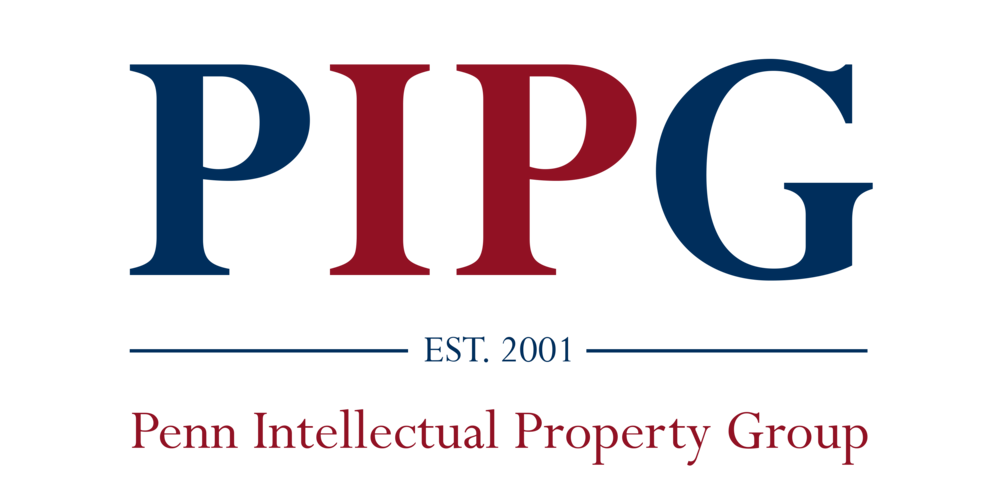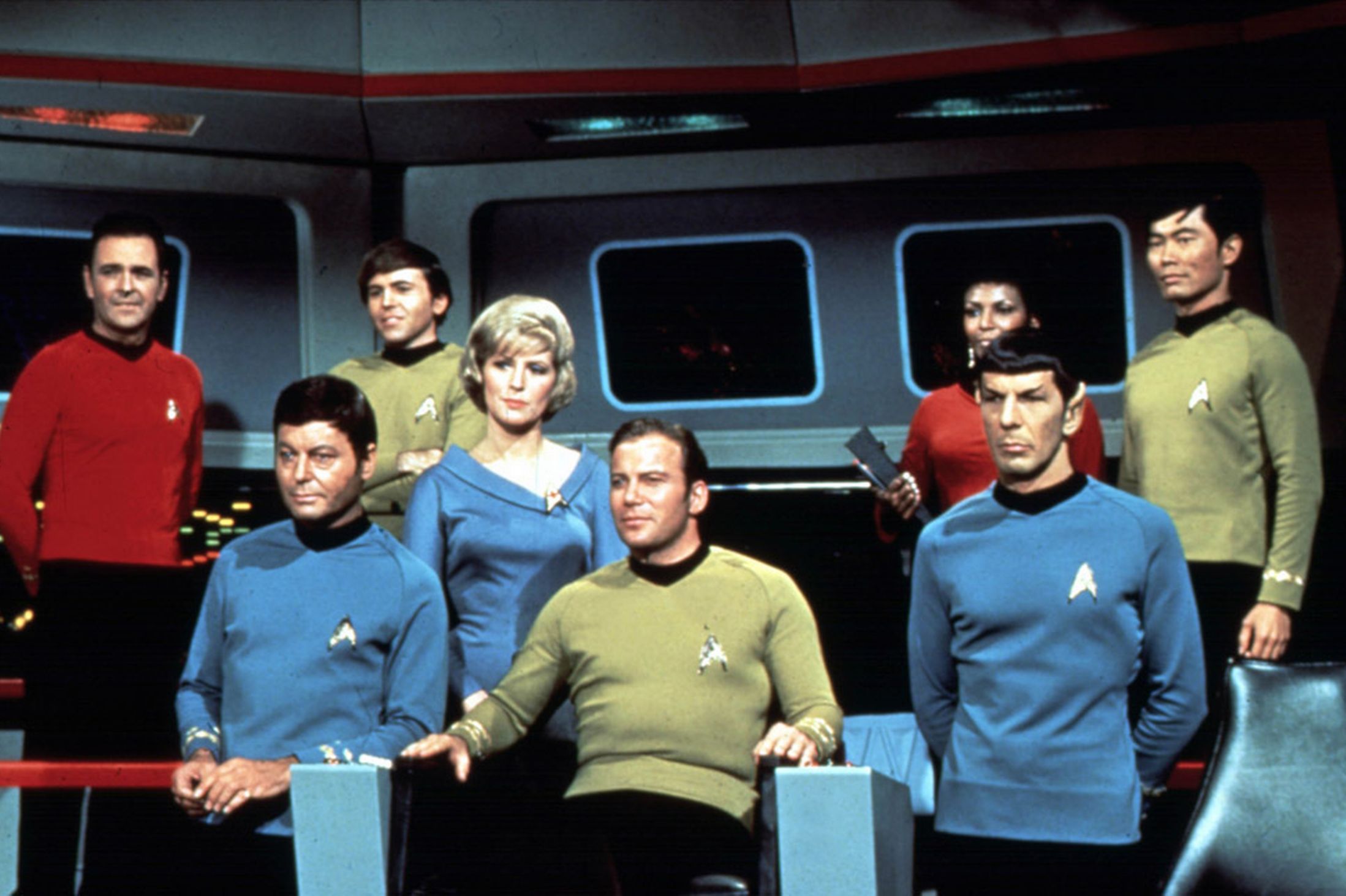On Thursday, Peter Cicala (Vice President of IP and Chief Patent Counsel of Celgene Corporation), Dr. Dora Mitchell, Director of UPstart and Assistant Director of PCI Ventures), and Dr. Michael Milone (Assistant Professor of Pathology and Laboratory Medicine at the Hospital of the University of Pennsylvania) spoke to PIPG and the Penn Science Policy Group about the process of commercializing research and common issues with research and development in the industrial setting. From the 12th floor of the Smilow Research Center, overlooking the Schuylkill river and the last remnants of industrial Philadelphia through floor-to-ceiling windows, the complex reality of the science and pharmaceutical patent process was starkly laid out.
Mr. Cicala discussed the legal history of patents. While they confer exclusivity, owning a patent does not mean that you can bring a product to market. His insider's knowledge of the biotech patent process revealed the importance of protecting intellectual property in all forms - and of always consulting a lawyer before disclosing new findings. He went through the painstaking process that attends filing for a patent and the different intellectual property rights conveyed across the international stage - did you know that patents are only granted in the US on Tuesdays?
Dr. Mitchell linked the private pharmaceutical patent process that Mr. Cicala described to that taking place on university campuses every day, including right there under Smilow's roof. Thanks to the Bayh-Dole Act of 1980, which conferred patent ownership to universities receiving federal research funds, the university patent industry exploded. With the added incentive of retaining royalty and other rights, research in universities such as Penn has become much more competitive - but also more restricted.
Dr. Milone, who runs a lab here at Penn and has funding from Novartis, outlined the tightrope a research professor must walk over the pressures of publishing and those of the free exchange of knowledge that attend scientific endeavors. He said that many of his graduate and post-doc students are not allowed to use the money from Novartis, because of stipulations as to how their work product might be disclosed. If unprotected intellectual property is released to the public - even in the form of a grant application accessible via FOIA - it no longer maintains legal standing as a novel idea (internationally, at least). Dr. Milone himself must confer with the legal team at UPenn before submitting papers to journals or engaging and sharing information with other laboratories.
While the costs are high, the benefits of patent protection outweigh them. The money that comes from such patents - in Dr. Malone's case, those related to artificial antigen receptors and signaling systems for the control of T cell specificity - helps to fund more research and supports hospitals and research institutions. The decades-long exclusivity that patents convey protects drug-producers' interests and, in the long run, makes the vast expense of complicated research and drug trials - and attorneys' and filing fees - worthwhile.






